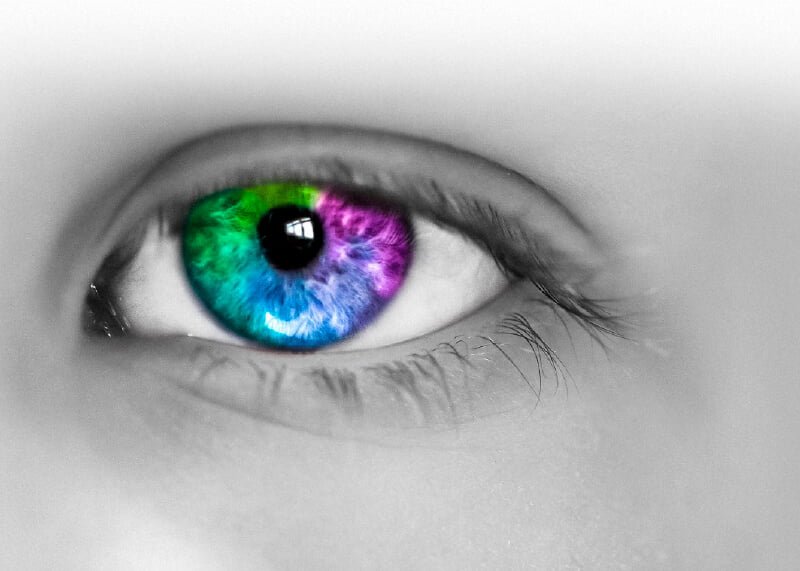What is Visual Communication?
In graphic design, visual communication is a type of communication that uses visual tools to convey information and ideas.
Visual communication can be very effective in conveying messages, especially to people who are not fluent in the language of the message. It is also an excellent way to reach people who are visually impaired or illiterate.
Some examples of visual communication include the use of charts and graphs, photographs, maps, animations and videos. Images can be used for anything from marketing campaigns to presentations to online tutorials. They have many different uses but they all share one thing: they make it easier for us to understand what we are communicating without having to read words or listen to someone talk about it.
What is Graphic Design? Definition and Meaning
Graphic design is a visual art that deals with the elements of typography, illustration and photography.
A graphic designer is someone who specializes in graphic design. They are responsible for creating graphics such as logos, diagrams or illustrations and also making sure that these graphics are well designed and aesthetically pleasing.
Graphic designers use different techniques to create their designs: drawing, painting, computer-generated graphics and images, engraving (such as screen printing), etc.
Evolution of graphic design from 1800 to today

Graphic design has been around for a long time. It started as an art form and then became a profession. The evolution of graphic design can be seen in the different styles that have been used over the years.
The first style is called “Pictorialism”. This style was used from 1800 to 1850 and is characterized by an emphasis on images with strong color contrasts. The second style, “Purism”, was used between 1850 and 1900 and is characterized by simple geometric shapes. The third style, “Vorticism”, was used from 1900 to 1914 and is characterized by dynamic shapes in contrast to static background colors. The fourth style, “Cubism”, was used from 1914 to 1920 and is characterized by three-dimensional objects represented in two dimensions on a flat surface. The fifth style, “Dadaism”, was used from 1915 to 1925 and is characterized by fragmented images that are not easy to interpret or understand.
How does graphic design apply to your life in real time?
Graphic design is a field that has existed for centuries. It is not just about making logos and posters, but the art of communicating ideas visually. Graphic designers are tasked with understanding the purpose of their work and how it will be received by the public. They must be able to think creatively, make decisions quickly and have an eye for detail. Graphic designers are in high demand in many industries, such as advertising, marketing, film production, architecture and more.
The graphic design industry is growing at an unprecedented rate due to its ability to create content that resonates with people on a deep level. The future of graphic design looks brighter than ever as new opportunities arise every day.
Conclusion: What does the future hold for graphic design?

The future of graphic design is blooming. Graphic designers are increasingly using technology to create and design their work. This has led to the emergence of 3D modeling, virtual reality and augmented reality.
In addition, the graphic design industry is adapting to technological changes. The demand for graphic designers is increasing with each new technological advancement. Graphic designers are now creating animations and more interactive designs for digital media platforms such as websites, apps and social media platforms.

